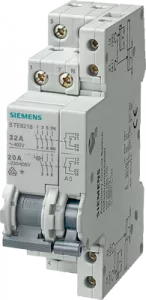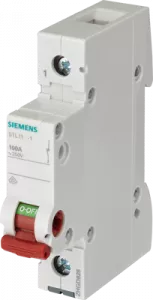Circuit Breakers

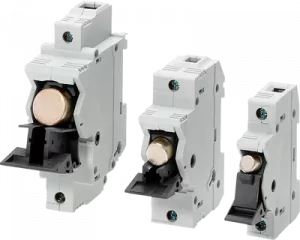
Order No.:
80P6766
Manufacturer SKU:
3NC1491


Order No.:
80P6767
Manufacturer SKU:
3NC1491-5

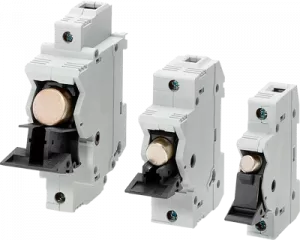
Order No.:
80P6768
Manufacturer SKU:
3NC1492


Order No.:
80P6769
Manufacturer SKU:
3NC1493

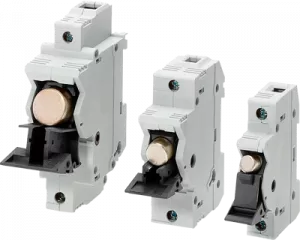
Order No.:
80P6801
Manufacturer SKU:
3NC2291
Order No.:
80P6802
Manufacturer SKU:
3NC2291-5

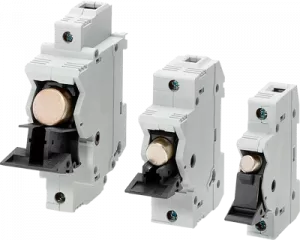
Order No.:
80P6803
Manufacturer SKU:
3NC2292

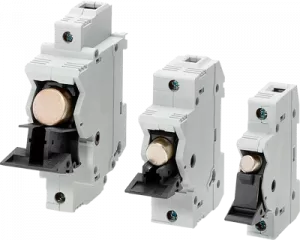
Order No.:
80P6804
Manufacturer SKU:
3NC2293

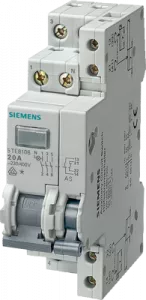
Order No.:
80P8701
Manufacturer SKU:
5TE8108
Order No.:
80P8706
Manufacturer SKU:
5TE8118


Order No.:
80P8716
Manufacturer SKU:
5TE8218

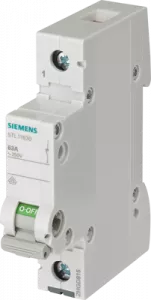
Order No.:
80P8802
Manufacturer SKU:
5TL1132-0

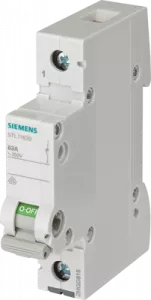
Order No.:
80P8803
Manufacturer SKU:
5TL1140-0

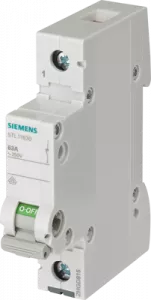
Order No.:
80P8804
Manufacturer SKU:
5TL1163-0


Order No.:
80P8805
Manufacturer SKU:
5TL1163-1

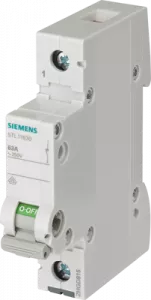
Order No.:
80P8806
Manufacturer SKU:
5TL1180-0

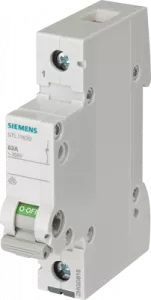
Order No.:
80P8807
Manufacturer SKU:
5TL1191-0
Order No.:
80P8808
Manufacturer SKU:
5TL1191-1

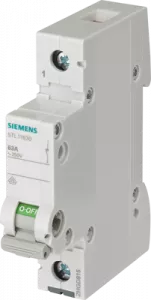
Order No.:
80P8809
Manufacturer SKU:
5TL1192-0

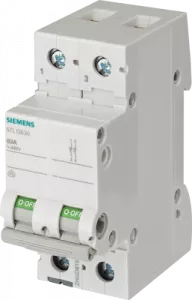
Order No.:
80P8810
Manufacturer SKU:
5TL1232-0
Safety guaranteed: Functions and advantages of switch-disconnectors
Circuit breakers are used to protect electrical circuits by automatically switching off in the event of an overload or short circuit. They can be switched back on, eliminating the need for one-way fuses. Switch-disconnectors, on the other hand, specialize in safely isolating electrical circuits from the power supply.
Unlike circuit breakers, switch-disconnectors do not perform a protective function, but merely ensure safe isolation as well as prevention of accidental switch-on. Both electromechanical components are indispensable in electrical installations and in the energy sector, with circuit-breakers primarily ensuring the protection of installations, while switch-disconnectors are used for maintenance and repairs.

